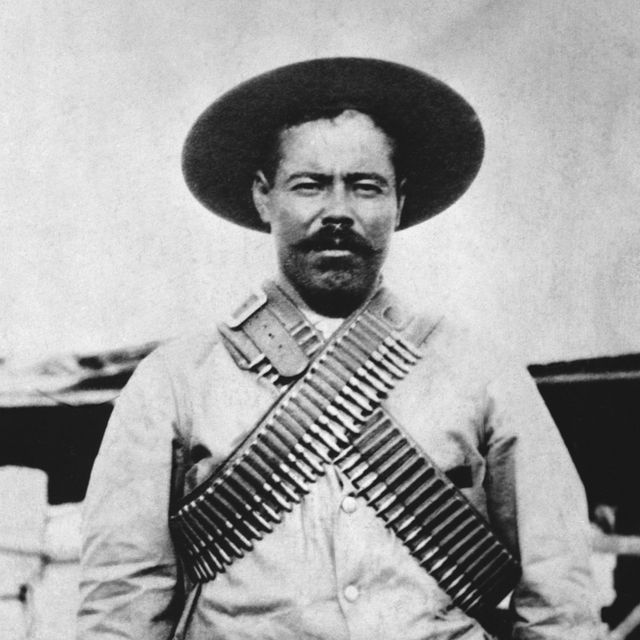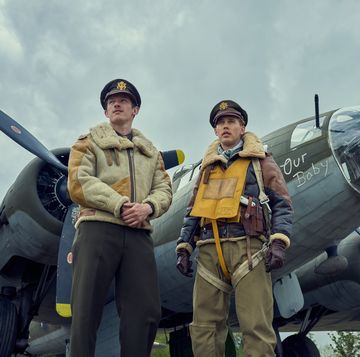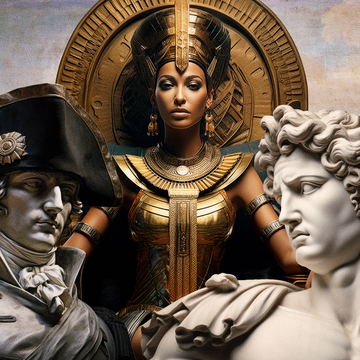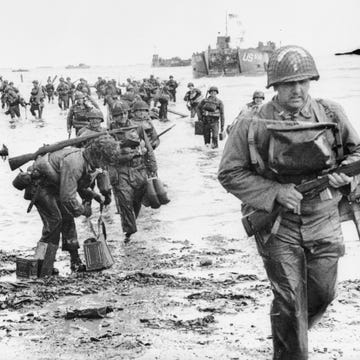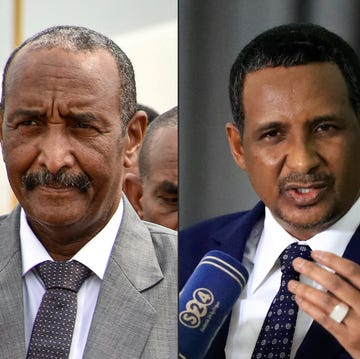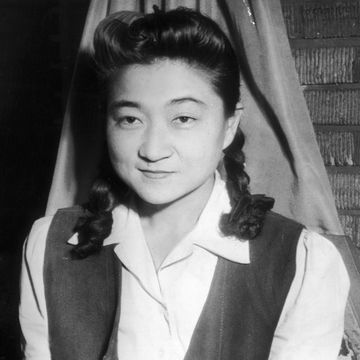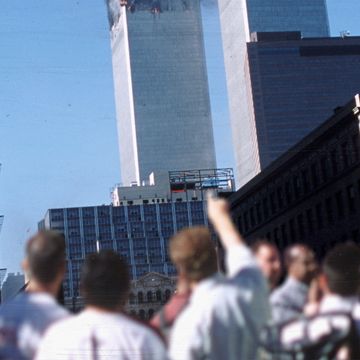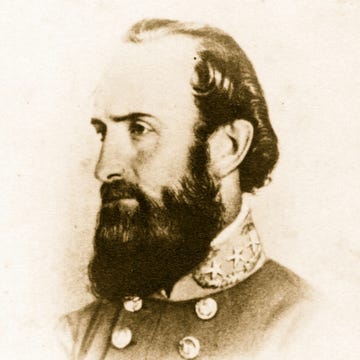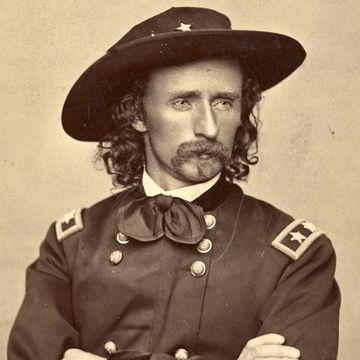(1878-1923)
Who Was Pancho Villa?
Pancho Villa started off as a bandit who was later inspired by reformer Francisco Madero, helping him to win the Mexican Revolution. After a coup by Victoriano Huerta, Villa formed his own army to oppose the dictator, with more battles to follow as Mexican leadership remained in a state of flux. He was assassinated on July 20, 1923, in Parral, Mexico.
Early Life
Mexican revolutionary Pancho Villa was born Doroteo Arango on June 5, 1878, in San Juan del Rio, Durango. Villa spent much of his youth helping out on his parents' farm. After his father's death when Villa was only 15 years old, he became head of the household. With his new role as protector of his household, he shot a man who was harassing one of his sisters in 1894. He fled, spending six years on the run in the mountains. While there, he joined a group of fugitives and became a bandit.
Although the specifics of what occurred in Villa's life during this time are unknown, it's confirmed that he changed his name while on the run to avoid getting caught by the authorities. In the late 1890s, he worked as a miner in Chihuahua in addition to selling stolen cattle. But it wasn't long before he added more serious crimes to his record, robbing banks and taking from the wealthy.
Mexican Revolutionary Leader
In 1910, while still living as a fugitive, Pancho Villa joined Francisco's Madero successful uprising against Mexican dictator Porfirio Díaz. With Villa's skills as at reading, writing, fighting and his knowledge of the land, Madero was named a revolutionary leader and his company won the first Battle of Ciudad Juárez in 1911. The rebels eventually drove Díaz out of power, and Madero took the position of president, having named Villa a colonel.
It wasn't smooth sailing under the authority of the new government, as Madero's position was challenged by another rebellion, this time led by Pascual Orozco—a revolutionary who worked with Madero and felt scorned by his position in under Madero's regime—in 1912. General Victoriano Huerta and Villa sought to protect Madero's newfound authority, but after Huerta accused Villa of stealing his horse, Villa's execution was ordered. Although Madero was able to grant Villa a reprieve shortly before his execution, he was still required to serve time in prison in June 1912.
After escaping in December, it was revealed that Huerta was now against Madero's regime, and he assassinated Madero on February 22, 1913. As Huerta rose to power, Villa teamed up with a former ally, Emiliano Zapata, and Venustiano Carranza to overthrow the new president. As an experienced revolutionary leader, Villa controlled much of northern Mexico military forces during the revolt. Known as Division del Norte, or "Division of the North," Villa led soldiers into battles by the droves, to the pleasure of onlookers the United States.
Lights, Camera, Revolution
The fact that the majority of Villa's battles were on the northern border of Mexico brought the revolutionary to the spotlight in terms of photographs and stories covering the events in Mexico. And surprisingly, the bandit who once hid his presence and changed his name to avoid attention loved being photographed. He even signed a contract with Hollywood's Mutual Film Company in 1913 to have several of his battles filmed.
Civil Unrest and Death
The U.S. supported Villa in more ways than simply behind a lens. After the numerous battles that occurred, Carranza rose to power in 1914. Disappointed with Carranza's skills as a leader, a rebellion broke out yet again, with Villa joining forces with Zapata and President Woodrow Wilson to bring down Carranza. With Mexico's move towards democracy under Carranza, Woodrow withdrew his support of Villa the following year, leading to Villa kidnapping and killing 18 Americans in January 1916. Only months later, on March 9, 1916, Villa led several rebels in a raid of Columbus, New Mexico, where they ravaged the small town and killed 19 additional people.
Wilson retaliated by sending General John Pershing to Mexico in order to capture Villa. Despite Carranza's support in searching for Villa, the two hunts that occurred in 1916 and 1919 for the Mexican rebel produced no results. In 1920, Carranza was assassinated and Adolfo De la Huerta became the president of Mexico. In an effort to restore peace to the unstable nation, De la Huerta negotiated with Villa for his withdrawal from the battlefield. Villa agreed and retired as a revolutionary in 1920. He was killed three years later on July 20, 1923, in Parral, Mexico.
Videos
QUICK FACTS
- Name: Pancho Villa
- Birth Year: 1878
- Birth date: June 5, 1878
- Birth City: San Juan del Rio, Durango
- Birth Country: Mexico
- Gender: Male
- Best Known For: Pancho Villa was a top military leader of the Mexican Revolution whose exploits were regularly filmed by a Hollywood company.
- Industries
- War and Militaries
- Astrological Sign: Gemini
- Nacionalities
- Mexican
- Interesting Facts
- Pancho Villa signed a contract with Hollywood's Mutual Film Company in 1913 to have several of his battles filmed.
- Death Year: 1923
- Death date: July 20, 1923
- Death City: Parral
- Death Country: Mexico
Fact Check
We strive for accuracy and fairness.If you see something that doesn't look right,contact us!
CITATION INFORMATION
- Article Title: Pancho Villa Biography
- Author: Biography.com Editors
- Website Name: The Biography.com website
- Url: https://www.biography.com/military-figure/pancho-villa
- Access Date:
- Publisher: A&E; Television Networks
- Last Updated: September 15, 2022
- Original Published Date: April 3, 2014
